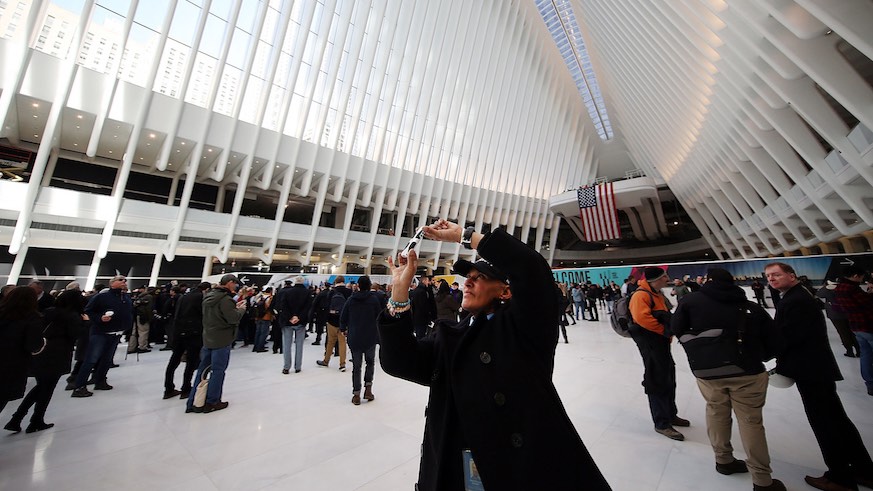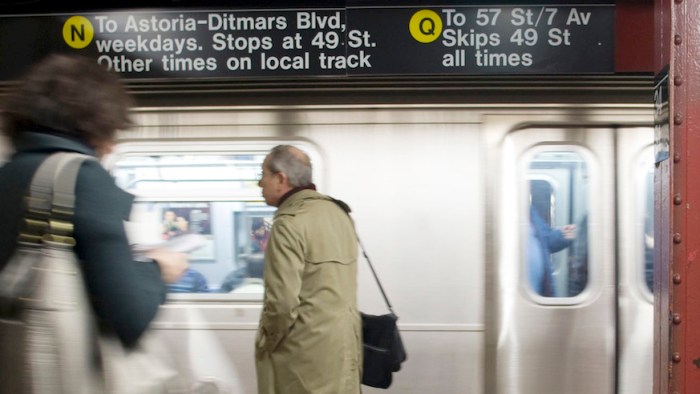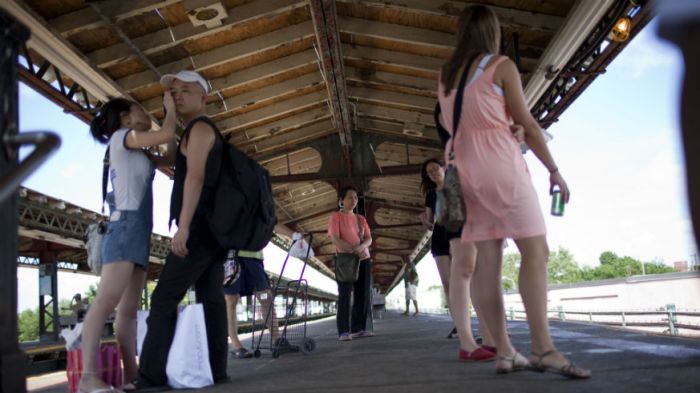Sixteen years after 9/11, the Cortland Street World Trade Center subway station is still two years away from returning to service. Recent news of slower than anticipated progress based upon the contractors’ current project construction recovery schedule could result in missing the most recent opening date of December 2018. The Port Authority & Metropolitan Transportation Authority fought for years over budget, funding sources, scope and schedule. Construction for the MTA portion of the project began last year. This station was totally destroyed as a result of 9/11. It suffered far more damage than others. Why will it take the MTA 17 years to rebuild it?
Remember the reopening of the new South Ferry Subway Station this past June for a second time? The second reopening was due to Super Storm Sandy in 2012. Washington paid twice, with your tax dollars, under grants from the Federal Transit Administration for building the new South Ferry Terminal #1 subway station. Although the original South Ferry Station suffered minor structural damage as a result of 9/11, Uncle Sam still provided $545 million in 9/11 emergency recovery funding to build a new station at an adjacent site. As part of the MTA Twenty Year Capital Needs Assessment Plan, the MTA had always intended to upgrade this station with their own funds. This was necessary as the original station was built in 1905 and could only platform five cars rather than the standard ten at other stations. Due to major damage as a result of Super Storm Sandy in 2012, the Federal Transit Administration provided an additional $344 million. This time the Super Storm Sandy Disaster Relief Act was the source of funding to rebuild the same station. These federal funds were supplemented by millions more in insurance proceeds from the MTA. Why did it take almost five years to complete this project?
Remember the Fulton Street Transit Center project? The original start date was 2003, with a completion date of 2007. At $1.4 billion, the final cost ended up $650 million higher than the original $750 million. The Federal Transit Administration first provided $847 million in Lower Manhattan 9/11 Recovery funding. This was supplemented by $423 million in American Recovery Reinvestment Act funding to assist in covering cost overruns.
The new Port Authority PATH World Trade Center Station had an original start date at 2003 with a completion date of 2009 at a cost of $2 billion. The Port Authority subsequently signed a construction agreement with the Federal Transit Administration. This made up to $2.201 billion in federal funding available for the World Trade Center permanent new PATH Terminal. The grant agreement between the Port Authority and Federal Transit Administration was awarded in December 2003. It included a commitment to start construction in the beginning of 2006 with completion on or before June, 2011.
Fast forward sixteen years later. Most construction was completed in 2016 many years beyond the original promised scheduled date. At $4 billion, the cost was double the original $2 billion. The Federal Transit Administration provided approximately $1.9 billion. No one should be proud of the project delays and major cost overruns. Opening of the corridor linking NYC Transit E train to the World Trade Center Oculus sixteen years after 9/11 was not a cause for celebration. The ceiling still periodically leaks after any heavy rain. Rather, it is a sad commentary on the mismanagement of taxpayers funds used for a major transportation project.
Last year, talk began about extending the 1 subway from the Rector Street downtown Manhattan station to Red Hook Brooklyn for $3.5 billion. This would consist of a tunnel and three new stations. This subway extension would support a new proposed Red Hook economic development project. It would be similar in size and scope to Battery City Park in Manhattan. Was this $3.5 billion figure written on the back of a napkin? One year later, there still isn’t even a planning feasibility study, let alone any environmental documents or preliminary design and engineering, followed by final design and engineering efforts. All of the above is necessary to validate any basic estimates for construction costs.
Taxpayers and commuters deserve better.
Larry Penner is a transportation historians and advocate who previously worked 31 years for the US Department of Transportation Federal Transit Administration Region 2 NY Office.



















